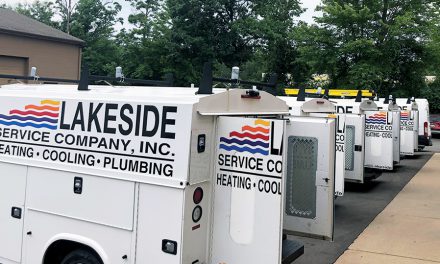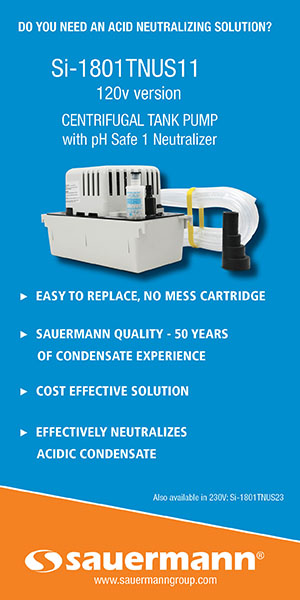However, additional hurdles with other sections of the energy bill must be resolved before the Senate can consider the legislation. Complicating this process is a fight to confirm a new justice to the Supreme Court and several Senators testing positive for COVID-19.
These complications will force the bill to be considered during the lame-duck period, the session taking place after the November election.
If both chambers can pass bills containing their respective HFC phase downs, Congress could negotiate a final package through a conference committee to resolve differences between the respective bills.
If Congress passes this negotiated conference report and it is signed by President Trump before Congress adjourns, the AIM Act would become law.
Unfortunately, the lame-duck session of Congress will move quickly and it’s difficult to predict what will and won’t be finished before Congress is forced to adjourn and a new Congress begins.
Other Issues
While there remains a lot of uncertainty as to when Congress will pass legislation phasing down the use of HFCs in 2020, the industry is making progress on ensuring a smooth transition occurs in the future.
HARDI is currently participating in AHRI’s Safe Refrigerant Transition Task Force which is organized to find issues relating to existing regulations and prevent issues surrounding lower flammability refrigerants.
One of the largest concerns the Task Force has identified is limits on storage of refrigerant cylinders containing lower flammability gases. Under the current fire codes, which are adopted by states and localities individually, the maximum amount of flammable gases allowed to be stored is significantly lower than current storage practices.
Part of this issue comes from the single definition of flammable gases used in the code that does not differentiate lower-flammability gases like A2L refrigerants from high-flammability gases the public is more familiar with.
Recently, the Global Harmonized System for Classification of Chemicals, which is used by nations around the globe, was updated to include new categories of flammability, but these changes need to be adopted into the fire code used by states and localities.
A working group of fire code experts is developing a proposed update to the code to include these new classifications. HARDI has been assisting this working group to determine how much storage of lower-flammability gases, including A2L refrigerants, should be allowed. The group is expected to provide a proposal to the International Code Council this winter for adoption next year.
HVACR distributors have been superb in working through the uncertainty of operating a business during a global pandemic and HARDI has been working hard to ensure the uncertainty of this year’s policy process does not add to the worries of distributors.
HARDI will continue to work on these issues in 2021 and member companies are encouraged to participate in the policy process.
Alex Ayers is Director of Government Affairs at HARDI, a trade association comprised of nearly 1,000 member companies, nearly 500 of which are U.S.-based wholesale distribution companies. More than 80% of HARDI’s distributor members are classified as small businesses that collectively employ over 35,000 U.S. manufacturing workers. They represent more than $35 billion in annual sales and an estimated 80% of the U.S. wholesale distribution market of HVACR equipment, supplies, and controls.













Recent Comments